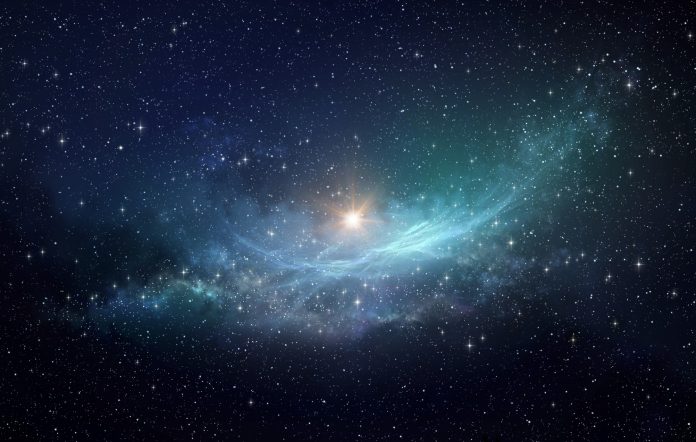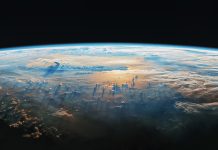Astronomers using NASA’s James Webb Space Telescope have uncovered a cosmic spectacle similar to a question mark in the vast reaches of space, offering a glimpse into the early days of our universe’s evolution
Located within the galaxy cluster MACS-J0417.5-1154, this celestial marvel is not just a chance alignment of stars but a rare cosmic phenomenon called gravitational lensing. This phenomenon occurs when the immense gravitational pull of a galaxy cluster bends and distorts light from more distant objects behind it, acting like a magnifying glass on the cosmos.
Hidden details of distant galaxies
The star of this cosmic show is a dusty red galaxy, captured in unprecedented detail by Webb’s infrared capabilities. Unlike its predecessor, the Hubble Space Telescope, which primarily detects shorter wavelengths of light absorbed by cosmic dust, Webb’s infrared vision penetrates through these obstacles, revealing hidden details of distant galaxies.
“We know of only three or four occurrences of similar gravitational lens configurations in the observable universe, which makes this find exciting, as it demonstrates the power of Webb and suggests maybe now we will find more of these,” remarked astronomer Guillaume Desprez of Saint Mary’s University, Nova Scotia, part of the research team behind this finding.
The image captured by Webb showcases five distinct images of the galaxy pair, four of which trace the top arc of the question mark. This peculiar formation, known as a hyperbolic umbilic gravitational lens, highlights the intricate interplay of gravitational forces shaping our cosmic landscape.
Star formations
The question mark shape is not only scientifically significant but visually striking, resonating with astronomers and the public.
Beyond its visual appeal, this discovery holds deep scientific implications. By studying star formation within these galaxies, astronomers gain crucial insights into how galaxies evolve over billions of years. Vicente Estrada-Carpenter, another member of the team, emphasised, “Knowing when, where, and how star formation occurs within galaxies is crucial to understanding how galaxies have evolved over the history of the universe.”
Analysing data from both Hubble and Webb, the team confirmed that the newfound dusty galaxy interacts with a face-on spiral galaxy at the same cosmic distance. This interaction likely influences their evolution, providing astronomers with a rare opportunity to witness such processes in action across billions of light-years.
As Webb continues to look deeper into the cosmos, astronomers anticipate uncovering more of these rare gravitational lensing configurations.











